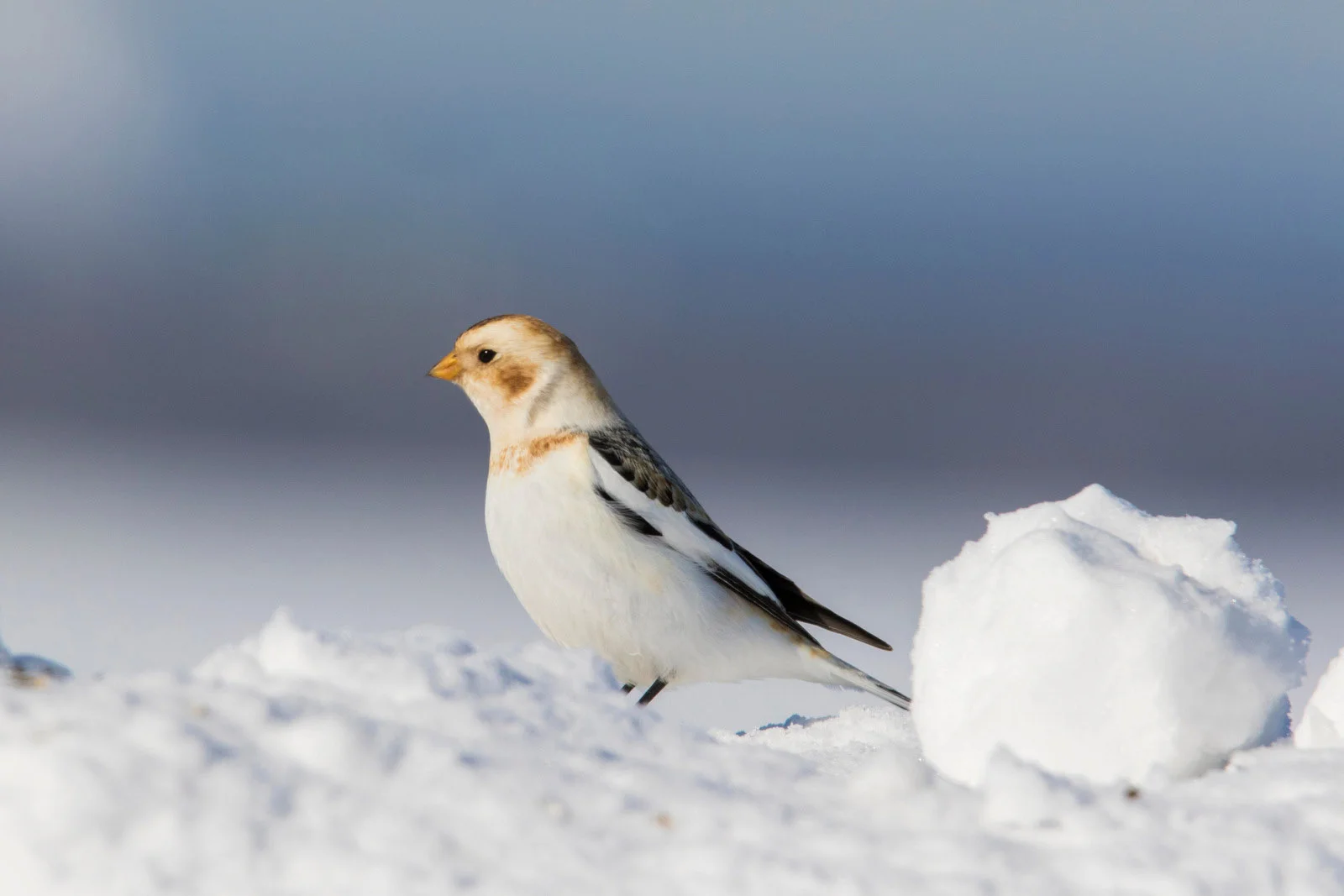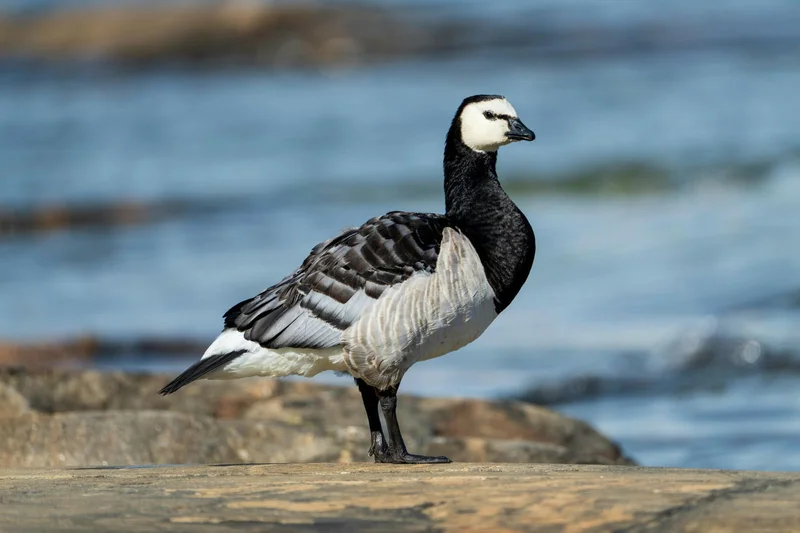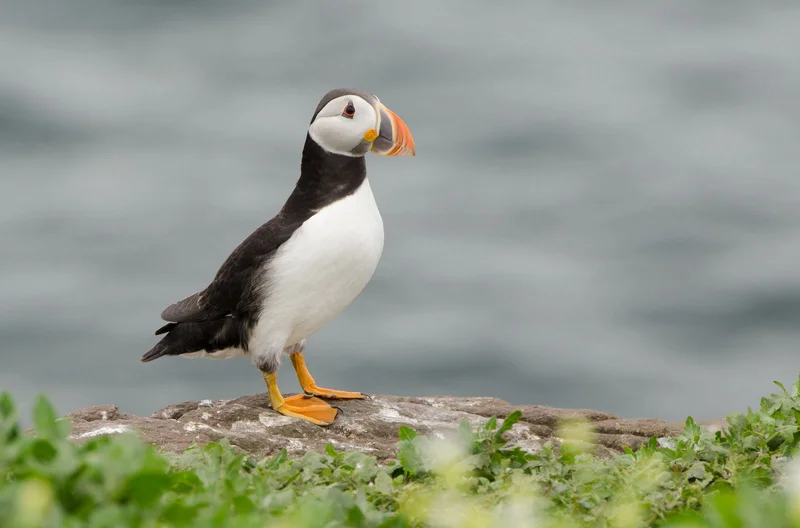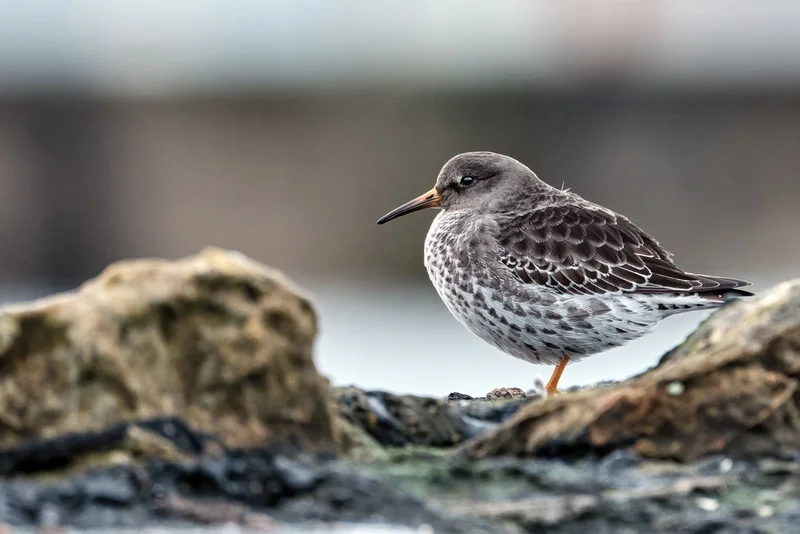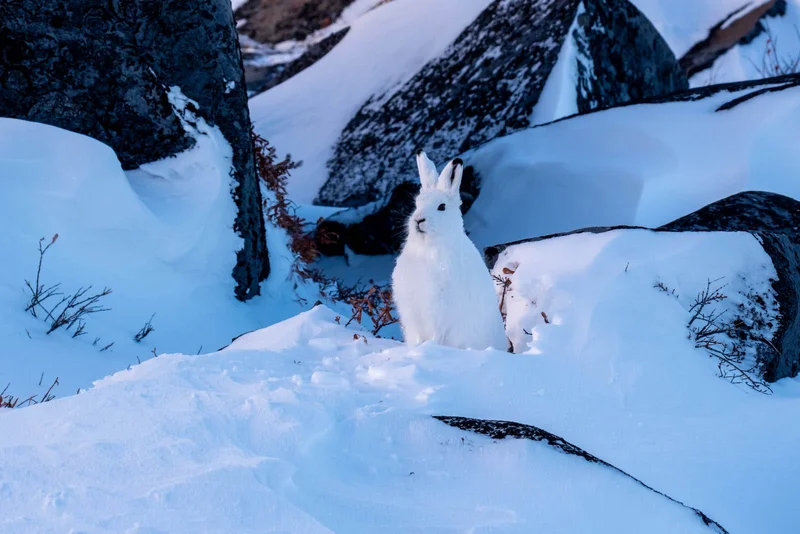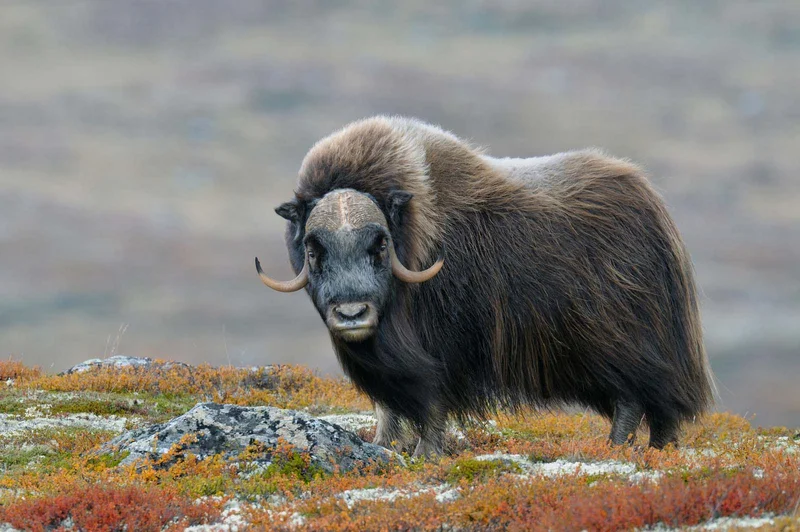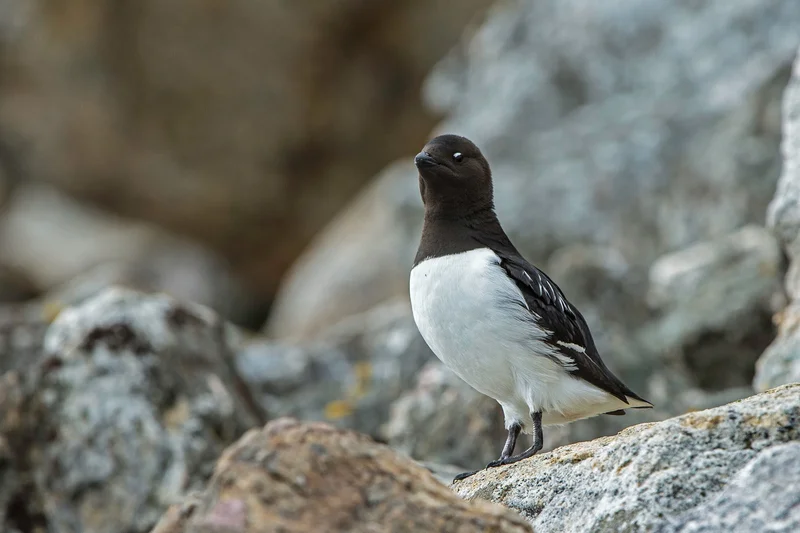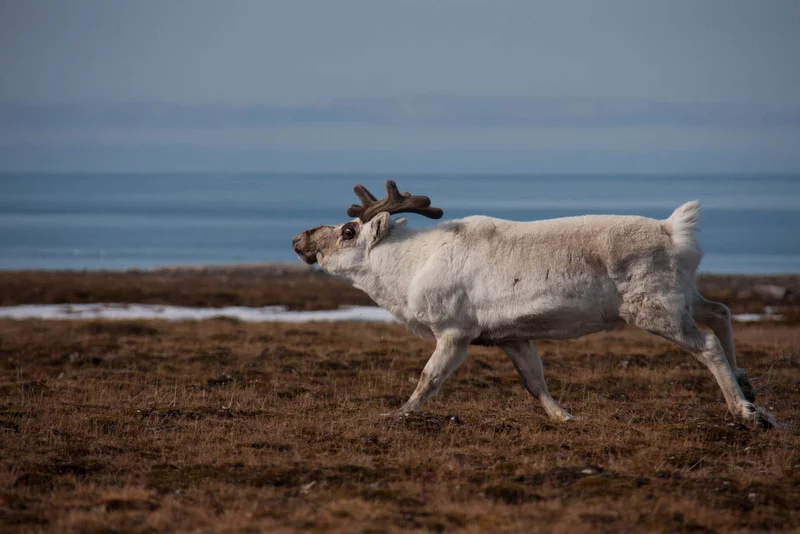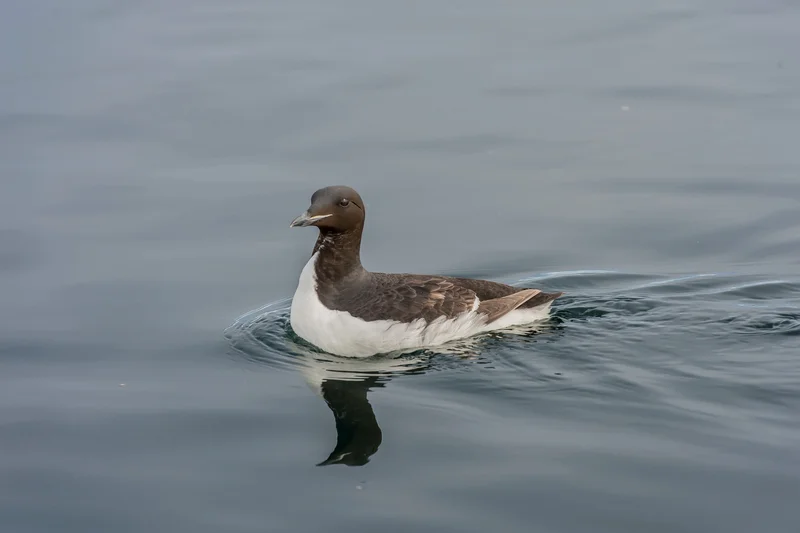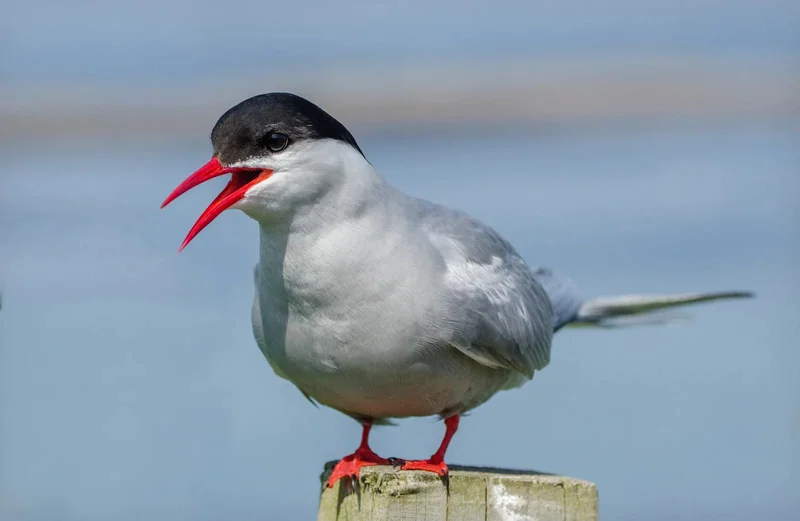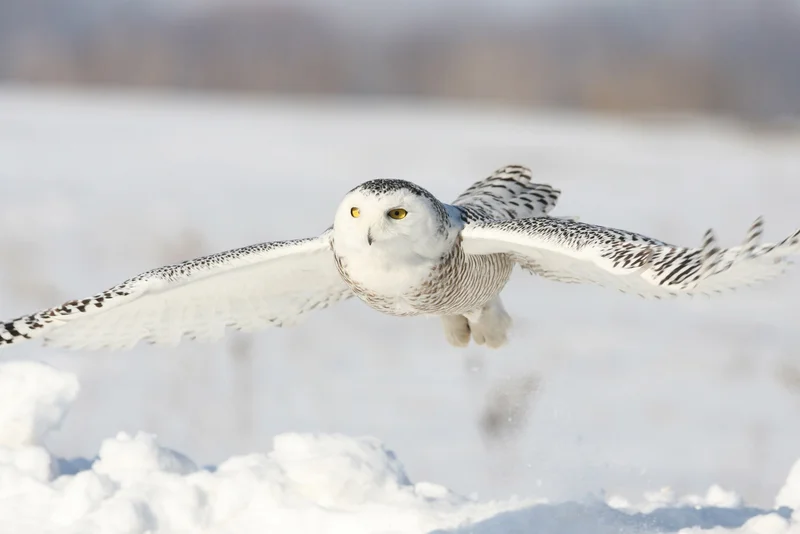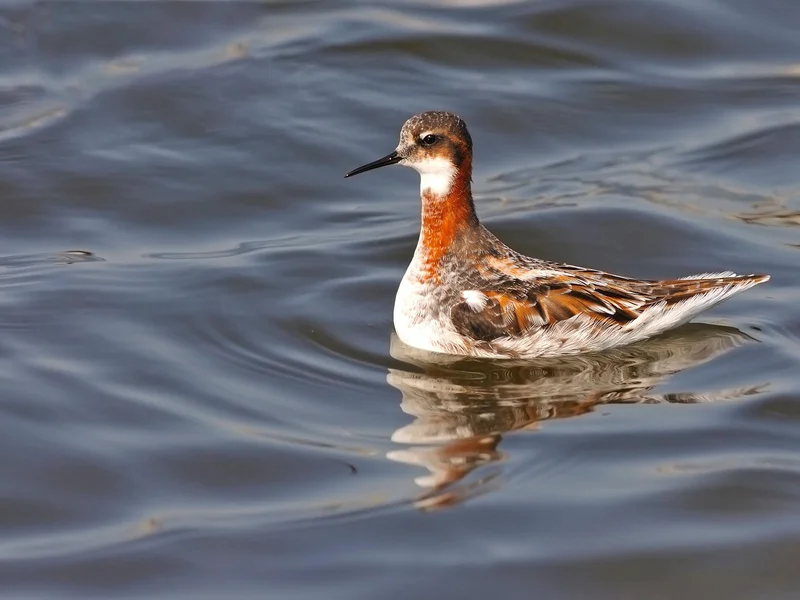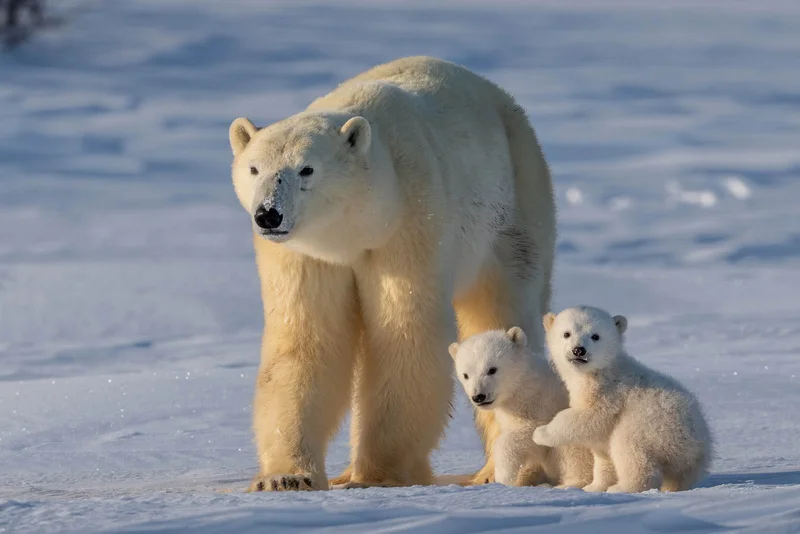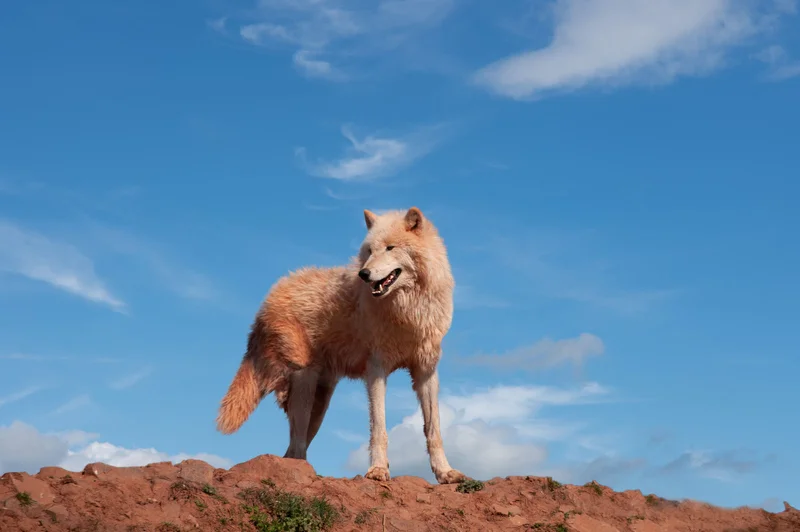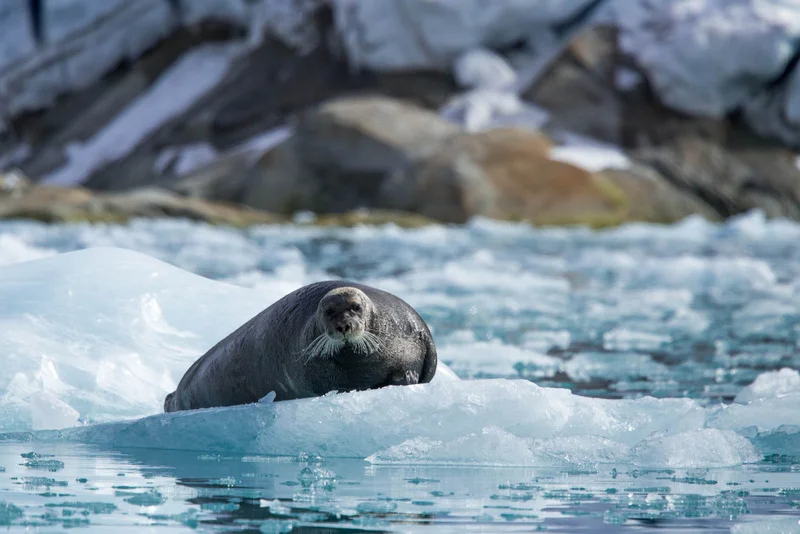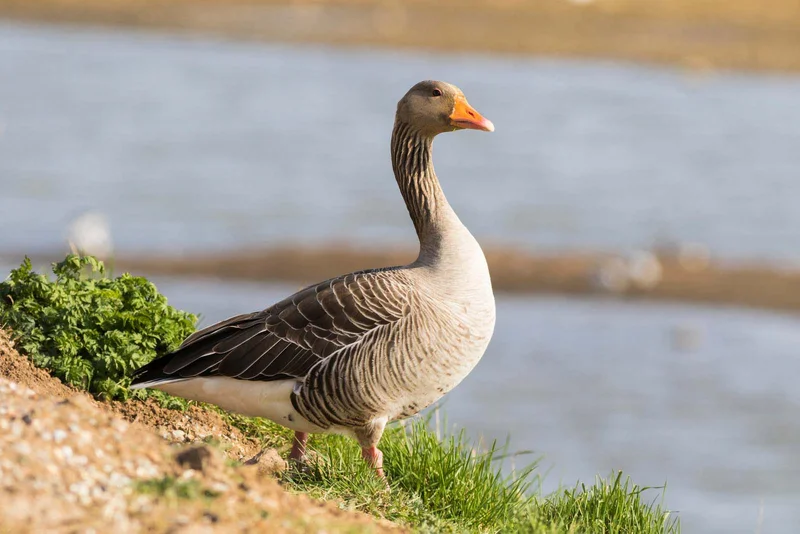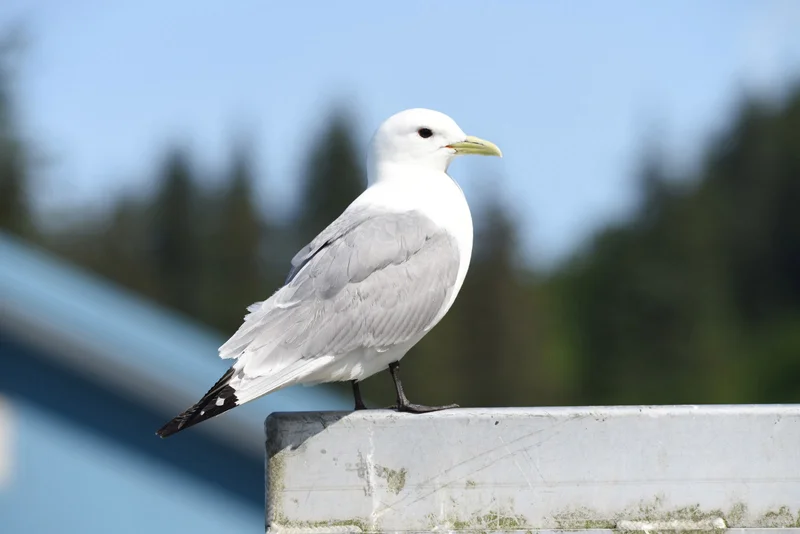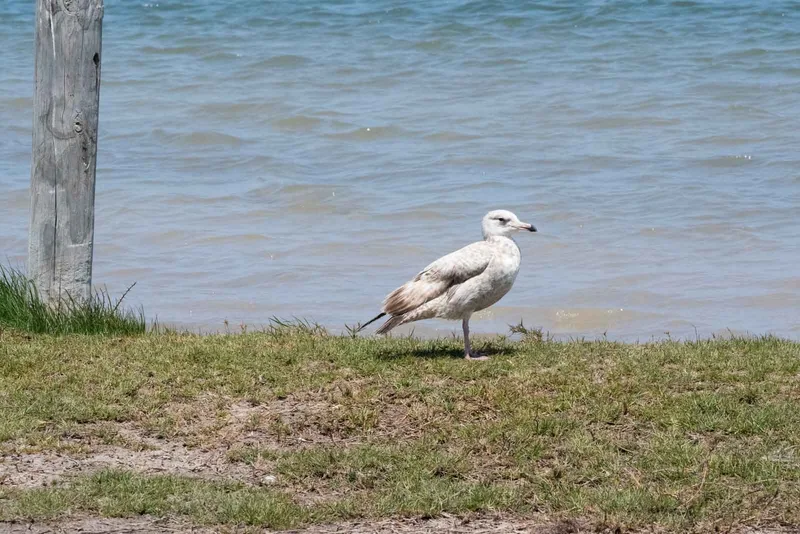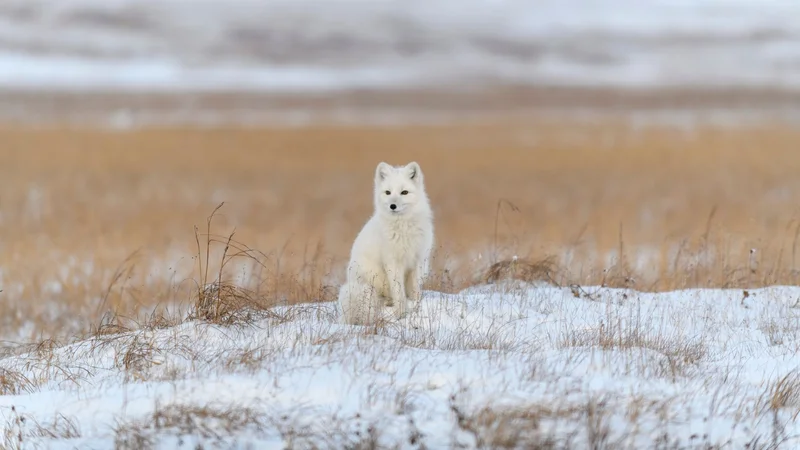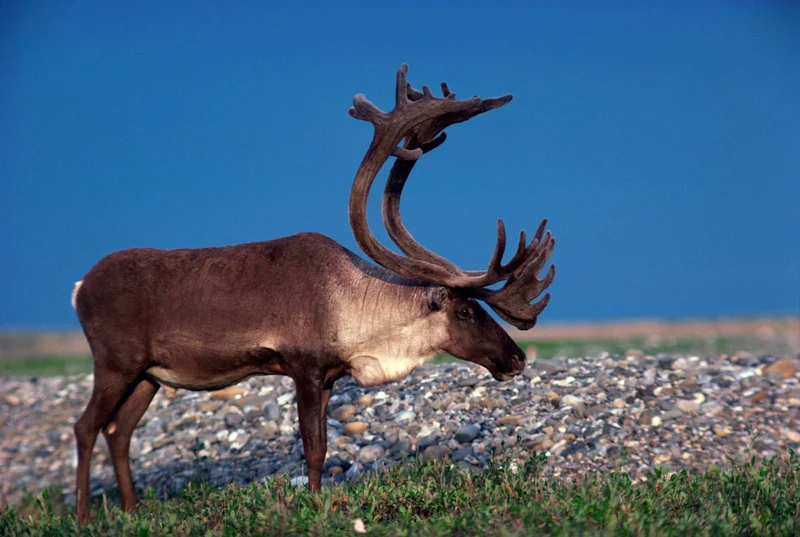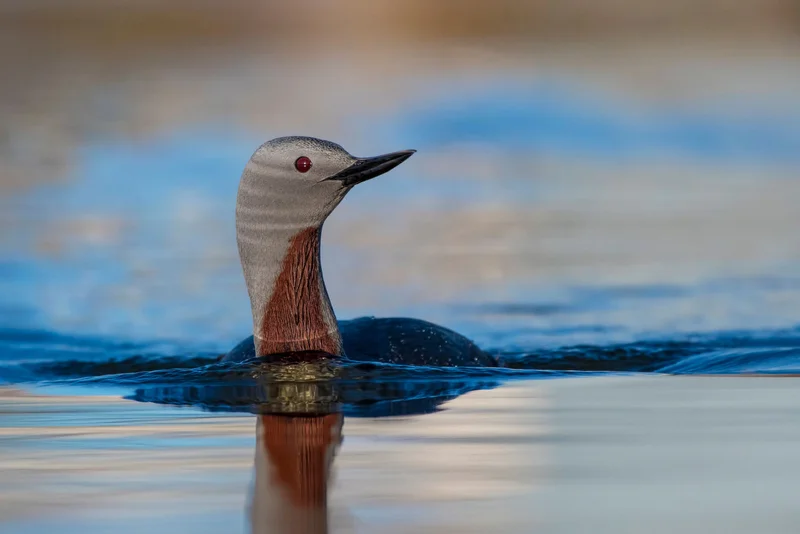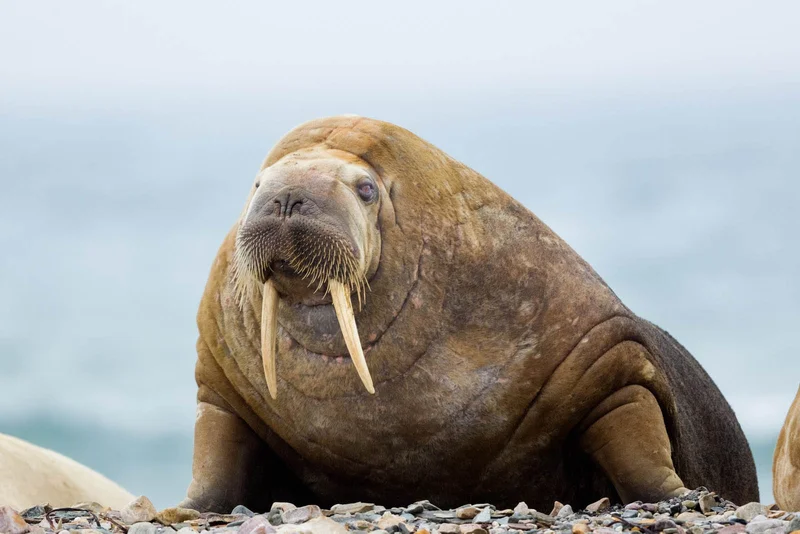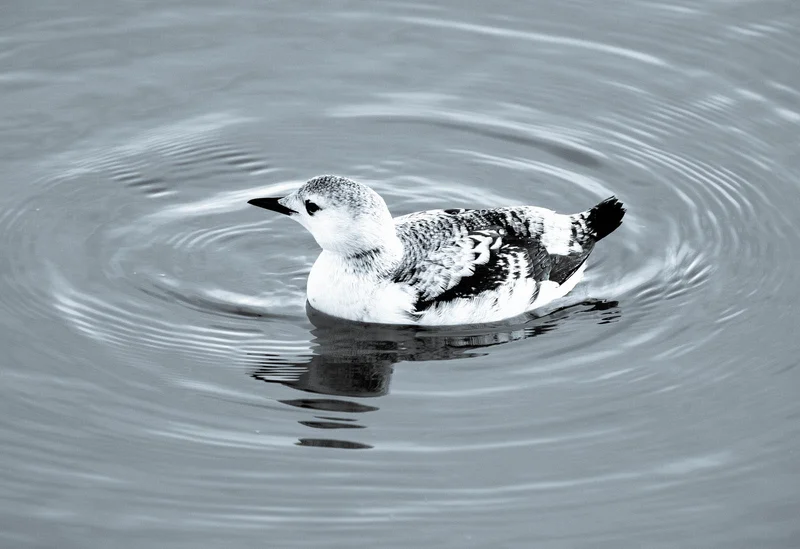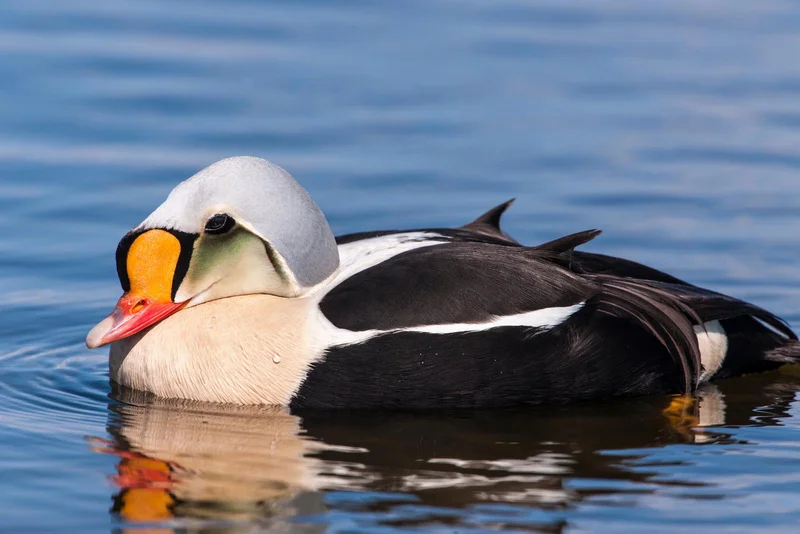Essential Snow Bunting Information
The Snow Bunting is a hardy Arctic specialist and holds the record for the northernmost breeding range among all songbirds. Its ability to adapt to extreme environments makes it a fascinating bird to observe.
Physical Characteristics
The Snow Bunting is larger than most buntings, measuring around 15 cm (6 inches) in length with a wingspan of 38 cm (15 inches). Males in their breeding plumage are mostly white, with black wingtips and a black back. In winter, both males and females sport a more subdued reddish-brown coloring on their back.
Unique Molting Behavior
Unlike most migratory songbirds, the Snow Bunting does not undergo a complete molt before migrating south for the winter. Instead, their plumage color changes naturally as old feathers wear down and are replaced by new ones. This adaptation allows them to stay longer in their breeding grounds, taking advantage of the Arctic’s abundance of insects.
Nesting and Behavior
During the breeding season, the female Snow Bunting stays at the nest to maintain the temperature required for incubating the eggs. She usually lays 3 to 4 eggs, and the male hunts for food for both the female and himself. Snow buntings are ground dwellers, commonly seen walking or running through the tundra.
Migration and Habitat
Snow buntings breed in the high Arctic, arriving in April and staying through September. Afterward, they migrate south to more temperate regions, including Southern Canada, the northern United States, northern Europe, and central Asia, where they spend the winter months.
Interesting Facts
- Unique Molting: Instead of molting fully, Snow Buntings' plumage changes as feathers wear down and are replaced.
- Nesting Behavior: Females do not leave the nest after laying eggs to ensure a stable incubation temperature, relying on males to provide food.
- Arctic Adaptation: Snow Buntings remain in the high Arctic longer than other songbirds, taking advantage of the summer insect abundance.
